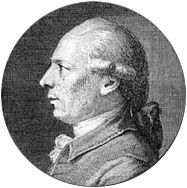| | | | | |
The rook and bishop versus rook endgame is a chess endgame where one player has just a king, a rook, and a bishop, and the other player has just a king and a rook. This combination of material is one of the most common pawnless chess endgames. It is generally a theoretical draw, but the rook and bishop have good winning chances in practice because the defense is difficult. Ulf Andersson won the position twice within a year, once against a grandmaster and once against a candidate master; and grandmaster Keith Arkell has been reported as winning it 27 times out of 27 attempts. [1] [2] In positions that have a forced win, up to 59 moves are required. [3] Tony Kosten has seen the endgame many times in master games, with the stronger side almost always winning. [4] Pal Benko called this the "headache ending." [5] David Howell observed, "Especially below elite grandmaster level, this is one of the hardest endgames to draw." [6]
Contents
- History
- Winning positions
- Philidor position
- Lolli position
- Drawing defenses
- Cochrane Defense
- Second-rank defense
- Szén position
- Second Lolli position
- See also
- Notes
- References
- Further reading
Being a five-piece endgame, the rook and bishop versus rook endgame has been fully analysed using computers. Endgame tablebases show that 40.1% of the legal positions with this material are theoretical wins, but that includes many unnatural positions that are unlikely to occur in games. Edmar Mednis estimated that less than 4% of starting positions that occur in games are theoretical wins. [7]


